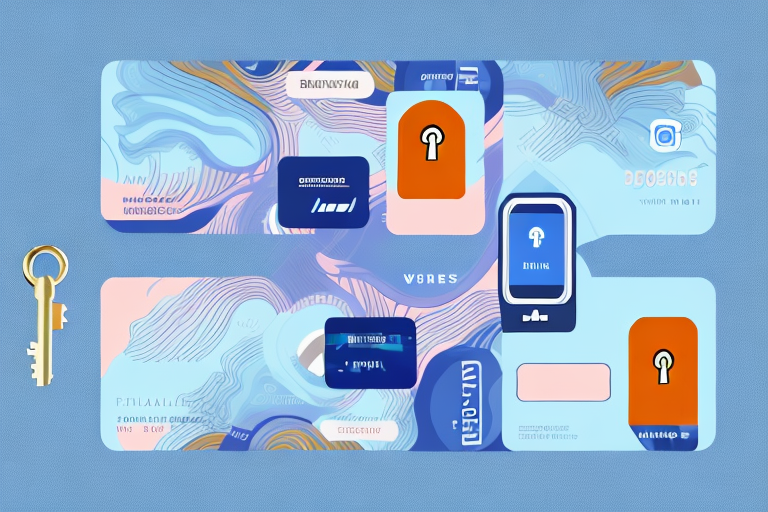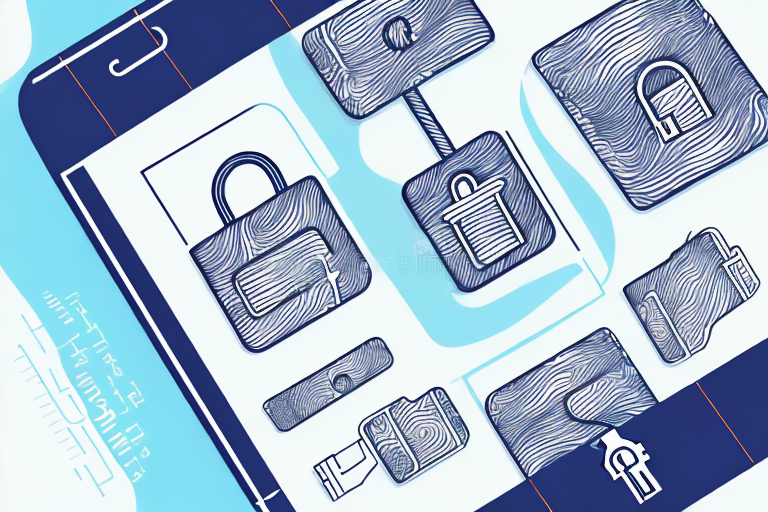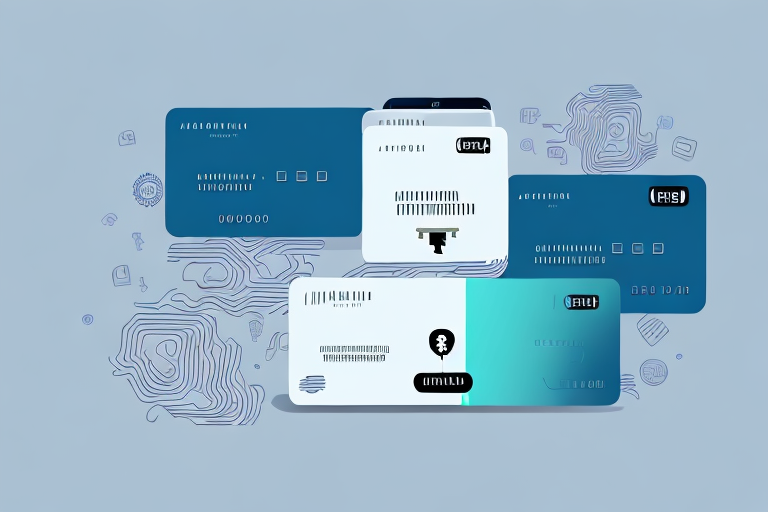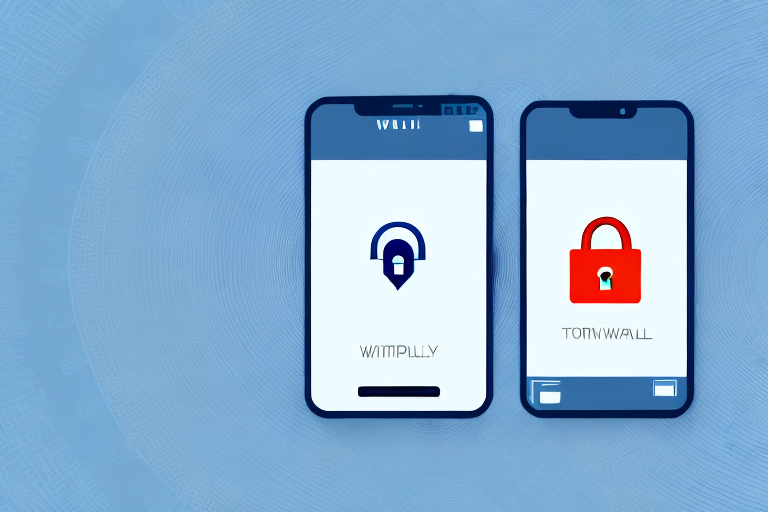Are you interested in setting up a non-custodial wallet? In this step-by-step guide, we will walk you through the process of setting up a non-custodial wallet and using it safely.
Understanding Non-Custodial Wallets
Before we jump into the setup process, let’s first understand how to set up a non custodial wallet and why you might want to use one.
What is a Non-Custodial Wallet?
A non-custodial wallet, also referred to as a self-custodial wallet, is a type of cryptocurrency wallet that allows you to have full control over your funds. With a non-custodial wallet, you are the only one who has access to your private keys, which are necessary to access your cryptocurrency funds.
Non-custodial wallets are becoming increasingly popular due to the fact that they offer a higher level of security and control over your funds. This is because you are not relying on a third-party to store your private keys, which means that you are less likely to be hacked or have your funds stolen.
Benefits of Using a Non-Custodial Wallet
Using a non-custodial wallet has several benefits:
- Full control over your funds: With a non-custodial wallet, you have complete control over your funds. You are the only one who has access to your private keys, which means that you can send and receive funds as you please.
- More secure than custodial wallets: Non-custodial wallets are generally considered to be more secure than custodial wallets. This is because your private keys are not stored on a third-party server, which means that there is less risk of your funds being stolen or hacked.
- Ability to use decentralized applications (dApps): Non-custodial wallets also allow you to use decentralized applications (dApps), which are becoming increasingly popular in the cryptocurrency space. These dApps allow you to do things like trade cryptocurrencies, lend and borrow funds, and more.
- No need to trust a third-party with your funds: With a non-custodial wallet, you do not need to trust a third-party with your funds. This means that you are less likely to be the victim of a hack or theft.

Non-Custodial vs. Custodial Wallets
In contrast, custodial wallets store your private keys on their servers, meaning you are trusting a third-party with your funds. While custodial wallets are often more user-friendly, they do not provide the same level of security and control as non-custodial wallets.
It’s important to note that there are risks associated with using any type of cryptocurrency wallet, including non-custodial wallets. It’s important to do your own research and take steps to secure your funds, such as using a strong password and enabling two-factor authentication.
Overall, non-custodial wallets offer a higher level of security and control over your funds, making them a popular choice for many cryptocurrency users.
Choosing the Right Non-Custodial Wallet
Now that you understand the benefits of a non-custodial wallet, let’s explore how to choose the right one.
Factors to Consider
When choosing a non-custodial wallet, you should consider several factors to ensure that it meets your needs and preferences:
The Cryptocurrencies You Want to Store
Before choosing a non-custodial wallet, you should consider the cryptocurrencies you want to store. Not all wallets support all cryptocurrencies. If you are planning to store multiple cryptocurrencies, you should choose a wallet that supports all of them.
The User Interface and Ease of Use
The user interface and ease of use are also essential factors to consider when choosing a non-custodial wallet. A user-friendly wallet with an intuitive interface can make it easier for you to manage your cryptocurrencies and carry out transactions.
Security Features, Including Two-Factor Authentication (2FA)
Security is a crucial factor to consider when choosing a non-custodial wallet. You should look for a wallet that offers robust security features, such as two-factor authentication (2FA). 2FA adds an extra layer of security to your wallet by requiring a second form of authentication, such as a code sent to your phone, to access your account.
Compatibility with Your Device and Operating System
Before choosing a non-custodial wallet, you should ensure that it is compatible with your device and operating system. Some wallets are designed only for specific devices or operating systems, so it’s essential to choose one that works with your device.

Popular Non-Custodial Wallet Options
Now that you know what factors to consider when choosing a non-custodial wallet, let’s take a look at some popular options:
Exodus
Exodus is a popular non-custodial wallet that supports more than 100 cryptocurrencies. It offers a user-friendly interface and is compatible with Windows, Mac, and Linux. Exodus also offers 2FA and other security features to keep your cryptocurrencies safe.
Atomic Wallet
Atomic Wallet is another popular non-custodial wallet that supports more than 500 cryptocurrencies. It offers a sleek and intuitive interface and is compatible with Windows, Mac, Linux, Android, and iOS. Atomic Wallet also offers 2FA and other security features to keep your cryptocurrencies safe.
Trezor
Trezor is a hardware wallet that offers robust security features to keep your cryptocurrencies safe. It supports more than 1,000 cryptocurrencies and is compatible with Windows, Mac, and Linux. Trezor also offers 2FA and other security features to protect your cryptocurrencies from theft.
Ledger Nano
Ledger Nano is another hardware wallet that offers robust security features to keep your cryptocurrencies safe. It supports more than 1,500 cryptocurrencies and is compatible with Windows, Mac, Linux, Android, and iOS. Ledger Nano also offers 2FA and other security features to protect your cryptocurrencies from theft.
With these factors and popular non-custodial wallet options in mind, you can make an informed decision when choosing the right wallet for your cryptocurrency needs.
Setting Up Your Non-Custodial Wallet
Now that you have chosen the right non-custodial wallet, it’s time to set it up. But before we dive into the steps, let’s first understand what a non-custodial wallet is.
A non-custodial wallet is a type of digital wallet that allows you to store, send, and receive cryptocurrency without relying on a third-party service provider. This means that you have full control over your funds and your private keys, which are used to access your wallet and authorize transactions.
Step 1: Download and Install the Wallet App
The first step in setting up your non-custodial wallet is to download and install the wallet app. You can do this by visiting the wallet’s website or app store and following the installation instructions. Once the app is installed, open it and proceed to the next step.
Step 2: Create a New Wallet
After opening the app, you will need to create a new wallet. This can usually be done by clicking on “Create New Wallet” or a similar option. Follow the instructions provided by the app to create your new wallet. This will generate a unique address for your wallet, which you can use to send and receive cryptocurrency.
It’s important to note that some wallets may require you to set up a pin or passphrase in addition to your password. This is an extra layer of security that helps to protect your funds.
Step 3: Secure Your Wallet with a Strong Password
Creating a strong password is crucial when setting up your non-custodial wallet. Your password is the key to accessing your funds, so it’s important to choose a password that is both strong and memorable. A strong password should be at least 12 characters long and include a mix of uppercase and lowercase letters, numbers, and symbols.
It’s also a good idea to store your password in a safe place, such as a password manager or a physical notebook that you keep in a secure location. Additionally, you should enable two-factor authentication (2FA) for added security. This will require you to enter a code generated by an app or sent via SMS in addition to your password when logging in to your wallet.
Step 4: Backup Your Wallet and Recovery Phrase
Backing up your wallet and recovery phrase is critical when setting up your non-custodial wallet. This allows you to recover your funds if you lose access to your device or wallet. Your recovery phrase is a series of 12 or 24 words that are used to restore your wallet in the event that you lose your device or forget your password.
To backup your wallet and recovery phrase, write down your recovery phrase on a piece of paper and store it in a secure location, such as a safe or safety deposit box. You should also consider making multiple copies of your recovery phrase and storing them in different locations.
Step 5: Add Cryptocurrency to Your Wallet
Now that your wallet is set up and secured, you can add cryptocurrency to it by sending it to your unique wallet address. Be sure to verify that you are sending the correct cryptocurrency to the correct address, as sending the wrong cryptocurrency to the wrong address could result in the loss of your funds.
It’s also a good idea to start with a small amount of cryptocurrency when adding funds to your wallet, especially if you are new to the world of cryptocurrency. This will allow you to get familiar with the process of sending and receiving cryptocurrency without risking a large amount of money.
By following these steps, you can set up your non-custodial wallet and start securely storing and using cryptocurrency.

Safely Using Your Non-Custodial Wallet
Now that you have your non-custodial wallet set up, let’s look at some best practices for using it safely.
Using a non-custodial wallet is a great way to take control of your cryptocurrency funds. However, it also means that you are solely responsible for the security of your funds. Therefore, it is crucial to take the necessary steps to ensure that your wallet is secure.
Protecting Your Private Keys
One of the most important aspects of using a non-custodial wallet is protecting your private keys. Your private keys are what allow you to access your funds, so it is essential to keep them safe and secure.
Consider using a hardware wallet as an extra layer of security. Hardware wallets are physical devices that store your private keys offline, making it much more difficult for hackers to gain access to your funds.
Regularly Updating Your Wallet Software
Another crucial step in keeping your non-custodial wallet secure is to regularly update your wallet software. Wallet developers often release new versions of their software that include security patches and bug fixes. By updating your wallet software, you can ensure that you are using the latest, most secure version.
Safely Storing Your Recovery Phrase
Your recovery phrase is another critical piece of information that you must keep safe. Your recovery phrase is a sequence of words that can be used to recover your wallet if you lose access to your private keys.
It is essential to store your recovery phrase in a safe and secure location, separate from your device and wallet. Consider using a safety deposit box or a secure location in your home.
By following these best practices, you can confidently set up and use a non-custodial wallet to securely store your cryptocurrency funds. Remember, taking the necessary steps to ensure the security of your wallet is crucial to protecting your funds from theft or loss.

